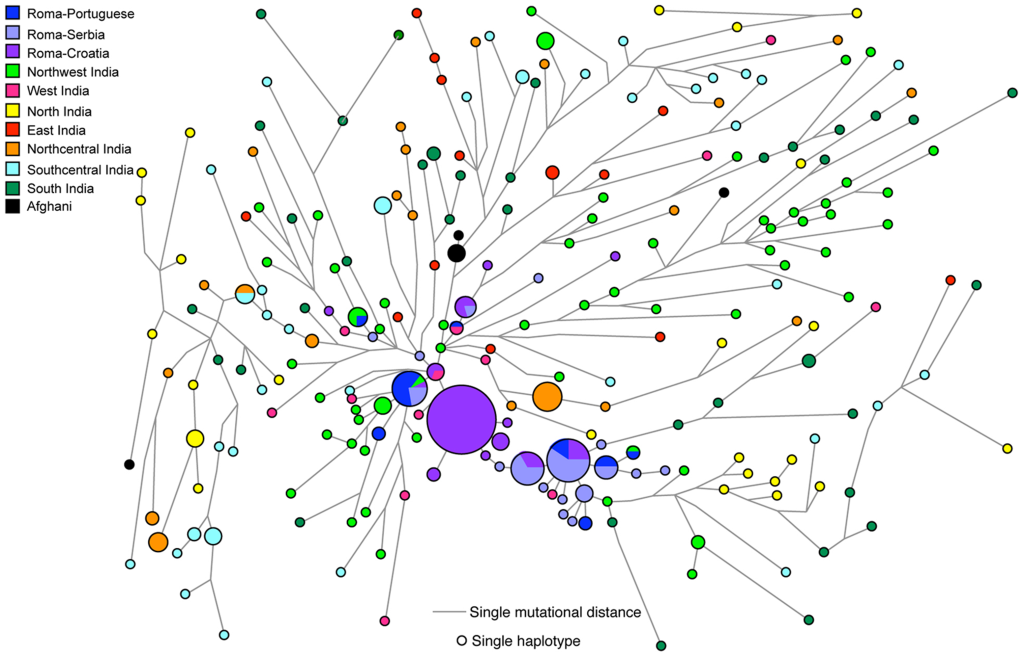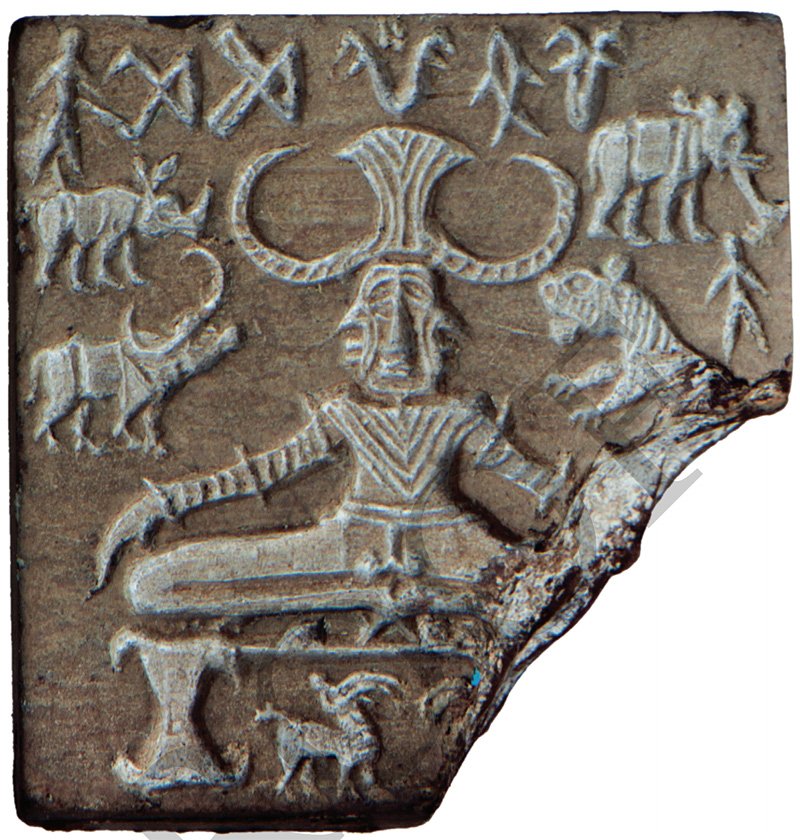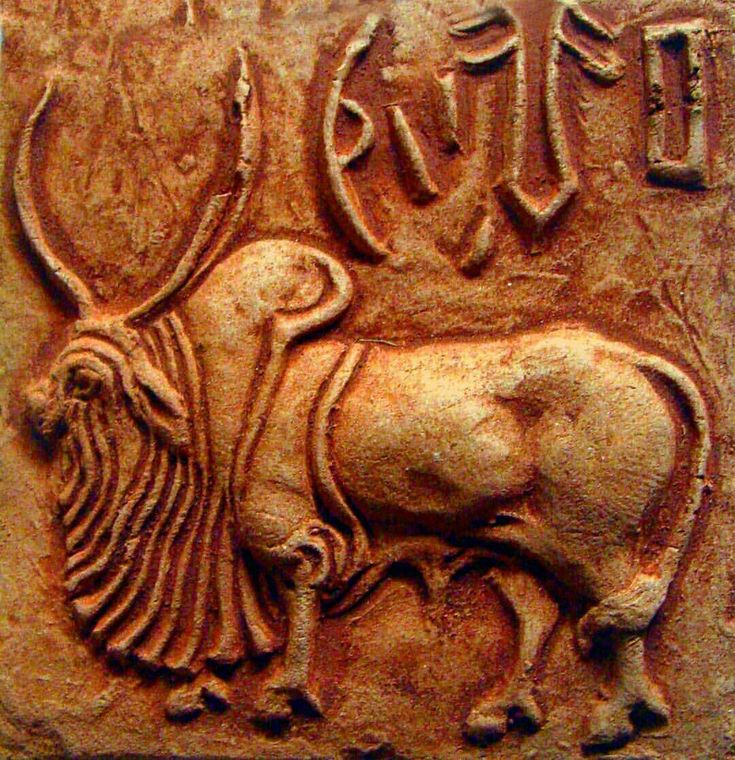The Great IT debacle of the Desi diaspora
What started as a migration of coolies or indented labor from India towards Mauritius, Fiji or Madagascar, turned into the Great Brain Drain from the 60s onwards. Scientist, engineers, doctors, all looking for better salaries or opportunities, started immigrating to the US, UK, Canada and others countries, when it was still easy to obtain visas and eventually citizenships. In turn, in the 70s till now, Indian students applied for scholarships from great American and British universities – and often got them – as Indians are good students, capable of memorizing pages and pages of study materials (see how they always win the Spell Bees competitions). It therefore became a fashion to study in foreign universities for children of upper class and even middle class families.
Today, though India is doing much better economically, this trend is still going on and the best brains of India are still deserting their country. Did you know that 75% of British doctors are of Indian origin – and that the whole system would collapse if they would leave? 60 % of the engineers of the famous Silicon Valley are Indians, and in the last 10 years, the migration of Indian engineers and scientists to the United States has increased by a whopping 85 %!
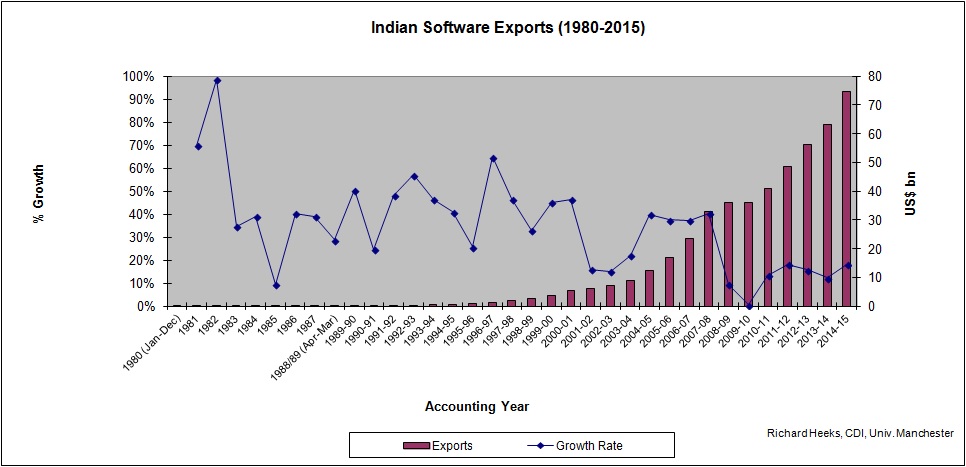

Added to this the exponential growth in IT exports during year 2000 and then subsequent IT offshore culture in US and Europe had created a huge growth curve for the Software industry in India. The IT services firms TCS,, Infosys, Wipro etc… took advantage of this situation and saw the direct govt encouragement in form of establishment of Software Technology Parks and big IT orders due to computerization of the huge Govt Public Sector corporations. These IT companies make up for more than one-third of India’s software exports of $147 billion and give employment to more than a million professionals, which is about one fourth of the country’s total IT workforce.

Also bigger companies like TCS, Infosys used cut throat Human Resources practices to hire huge number of highly qualified people from other domains and from other thriving industries to place them in Technical Tester positions in foreign markets taking advantage of the foreign craze among Indians. Such massive hiring over last 30 years and placement in small testing roles which destroyed the existing economies of companies like Tata Motors & Tata Steels & HAL etc… but raised the revenues of these IT services companies very fast in short duration due to payment in US and European currencies.
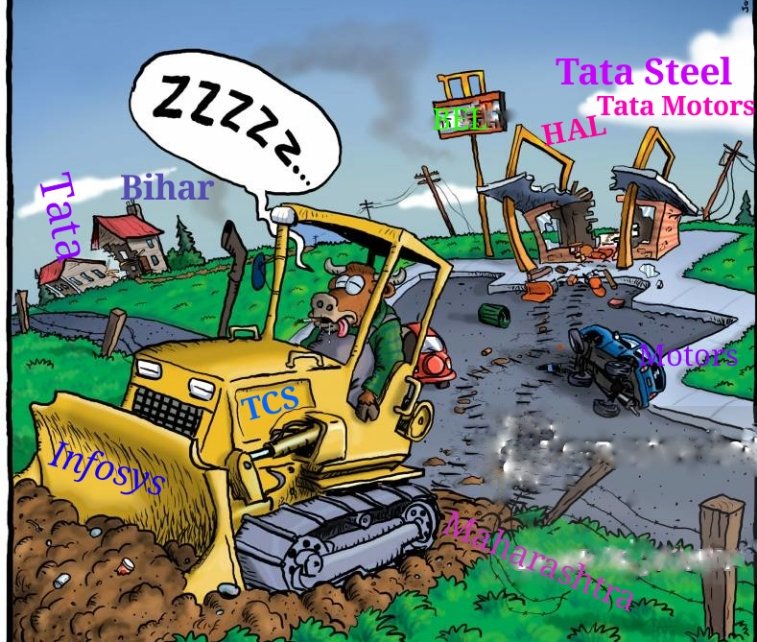
The irresponsible greedy corporate actions of Infosys and TCS has contributed to big hit for companies in traditional sectors like HAL, Tata Motors, Steels etc…. The huge hiring of govt educated qualified graduates and Phd holders into foreign jobs has created a massive quality loss in the Govt recruitment in Railways, Agriculture, Water management, Power management, Power companies, Defense sectors etc… This has negatively affected many state governments like Bihar, Uttarkhand, Assam, Maharashtra, Kerala etc.. where the lack of vision at the local executive engg level in water management, agriculture, power etc.. shows up every year resulting in huge loss of property and lives every year.
These Visa dependent IT placement based earning companies are more than 50-75% dependent upon the Visa issuance from USA, Australia and European companies for their revenues. Even though such a high reliance upon govt decisions for their survival nevertheless they have hired more than 1M+ employees recently. Such a massive greedy practice of destroying existing companies just for the sake of profit for the promoters is unprecedented in the history of corporate world. While the five lakh milestone would make TCS the largest Indian technology employer, globally it will come second to Accenture, which already has 5.37 lakh employees. While Infosys has an employee strength of nearly 2.5 lakh, HCL Tech and Wipro have 1.6 lakh and 1.9 lakh respectively. To put this in perspective, TCS will only be second to Indian Railways, a government-owned enterprise that has over a million employees. Private conglomerates such as Aditya Birla Group for example have over 1.2 lakh employees, while L&T has over 3.37 lakh and Reliance Industries has nearly 2 lakh employees.
Flush with cash from Govt largesse these IT Bodyshop companies invest very less on Research and Development or on Skill training for general populace. Instead they tend to form urban cartels using their vast Human Resources groups that sift through these millions of software employees to create profit centers based in urban apartment complexes. The employees are adroitly handled by their HR leaders in placements world wide which try to create a closely related group of urban employees usually grouped by caste or class. Also the boards of these companies spend huge amount of cash to buy back their share where by existing stock holders and promoters profit a lot. There are cases of promoters selling shares to get pricey real estate or other companies for lesser value than their market value.

Infosys for example has invested close to Billion dollars in 6 new US delivery centers which add nothing to the current delivery model. These hubs or knowledge centers supposedly for the Infosys to develop American talent and integrate into their global knowledge model but actually they are using this round about way to hire their cartel members in USA that would add to their bottom line without spending effort or money into core Research and Development or empirical studies on newer products. Such an extravagant spending of cash just for sustenance of their global workforce and its cartel like behavior is unprecedented in the history of the corporate world. Govt has so far did nothing to enforce fiscal nor HR discipline in these IT bodyshop companies.

